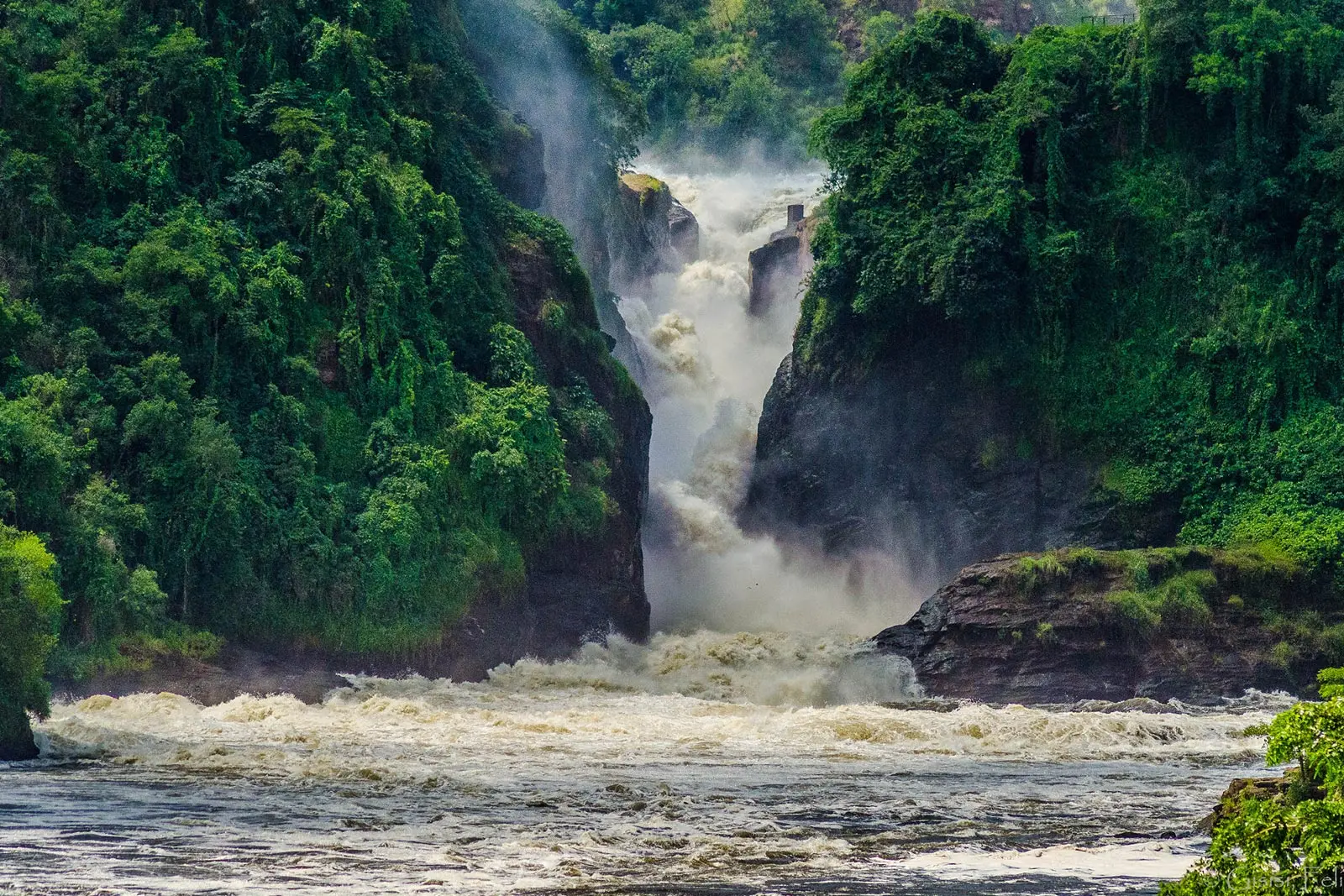Overview

Visiting Murchison Falls During the Dry Season
Planning for a safari in Murchison Falls National Park for both dry and wet seasons: Murchison Falls National Park experiences two dry seasons, which are ideal safari vacation times for tourists. The first starts in December and continues through early parts of March, and the second dry season falls in June and July. As in other parts of the country, the reserve also experiences two wet seasons though to a lesser degree when compared to other parks in Uganda: the long rains and the short rains. The long wet season starts in August and continues until November, while the short wet season runs from the end of March through May.
If you’re looking for recommendations about the best time to visit Murchison Falls National Park, the dry seasonal months of December to March and June to July is considered the perfect time for a safari holiday. The vegetation is more sparse during this period, which makes it easier for tourists in Uganda to track and spot wildlife. Because of the low availability of water in other locations, animals are more likely to converge on the riverbanks and waterholes to drink. You may also find that there are fewer bugs during the dry season, which lowers the risk of malaria.
Wet Seasons In Murchison Falls Park & How To Plan Activities During The Rainy Period?
In the wet season, Murchison Falls National Park takes on an incredible beauty due to the lush greenery that accompanies the rains. The weather is also somewhat cooler. However, you may find that the muddier roads make movement difficult during your safari.
Also, during the wet season, animals are more scattered and finding them may take longer.
Most lodges and camps at Murchison Falls offer discounts on room rates during this period, which makes touring the reserve in the wet season a good option if you’re on a tighter budget. It is also important to note that it does not rain continuously throughout the day. That said, you can wait for the skies to clear and the sun to come out and then reschedule your game drives, nature walks and boat trips to match the weather conditions of the day where possible.
Other considerations while planning your safari in Murchison Falls National Park
It’s also helpful to note that the mostly semi-dry season in Murchison Falls Park (June-August) coincides with the summer months in the northern hemisphere. Many guests from North America and Europe prefer to plan their safari to Africa while schools are closed for summer. Bring your children to this natural wonderland and amaze them with the beauty of wild fauna, scenic vistas and lush flora. Not only is this a good time to plan a trip, but you will instill the necessity of wildlife conservation in the minds of the future custodians. You can also consider taking a break from the northern countries’ harsh winter from December to February, when the weather is warmer in this part of Uganda.
When you visit Murchison Falls National Park in August and September, you will likely note that there is a high footfall of tourists. That’s because most visitors like to visit when the Great Wildebeest Migration travels through the Serengeti in Tanzania and Masai Mara in Kenya. Combining a trip to these destinations is a worthwhile opportunity. Planning for a safari in Murchison Falls National Park for both dry and wet seasons.







